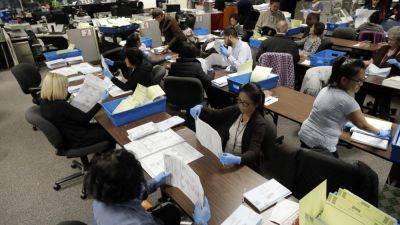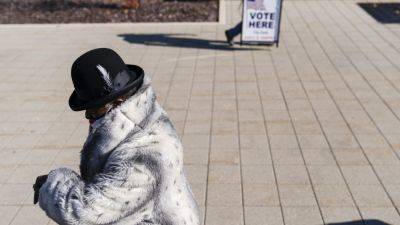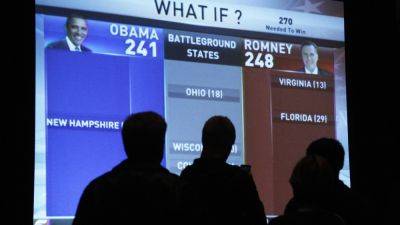Not all elections look the same. Here are some of the different ways states run their voting
WASHINGTON (AP) — The U.S. general election on Nov. 5 will decide the country’s direction, but it is far from a nationally administered contest. The 50 states and the District of Columbia run their own elections, and each does things a little differently.
Here’s a look at some notable variations in the 2024 election:
Maine and Nebraska allocate electoral votes by congressional district
To win the presidency outright, a candidate must receive at least 270 of the 538 votes in the Electoral College. In 48 states, the statewide winner gets all of that state’s electoral votes, and that’s also the case in the nation’s capital.
In Maine and Nebraska, the candidate who receives the most votes in each congressional district wins one electoral vote from that district. The candidate who wins the statewide vote receives another two.
In 2020, Democrat Joe Biden received three of Maine’s four electoral votes because he won the popular vote in the state and its 1st Congressional District. Republican Donald Trump received one electoral vote from the 2nd Congressional District. Trump won four of Nebraska’s five votes for winning the popular vote in the state as well as its 1st and 3rd Congressional Districts; Biden received one electoral vote for winning the 2nd Congressional District.
Alaska and Maine use ranked choice voting
In ranked choice voting, voters rank candidates for an office in order of preference on the ballot. If no candidate is the first choice for more than 50% of voters, the candidate with the fewest votes is eliminated. Voters who chose that candidate as their top pick have their votes redistributed to their next choice. This continues, with the candidate with the fewest votes getting eliminated, until someone emerges with







